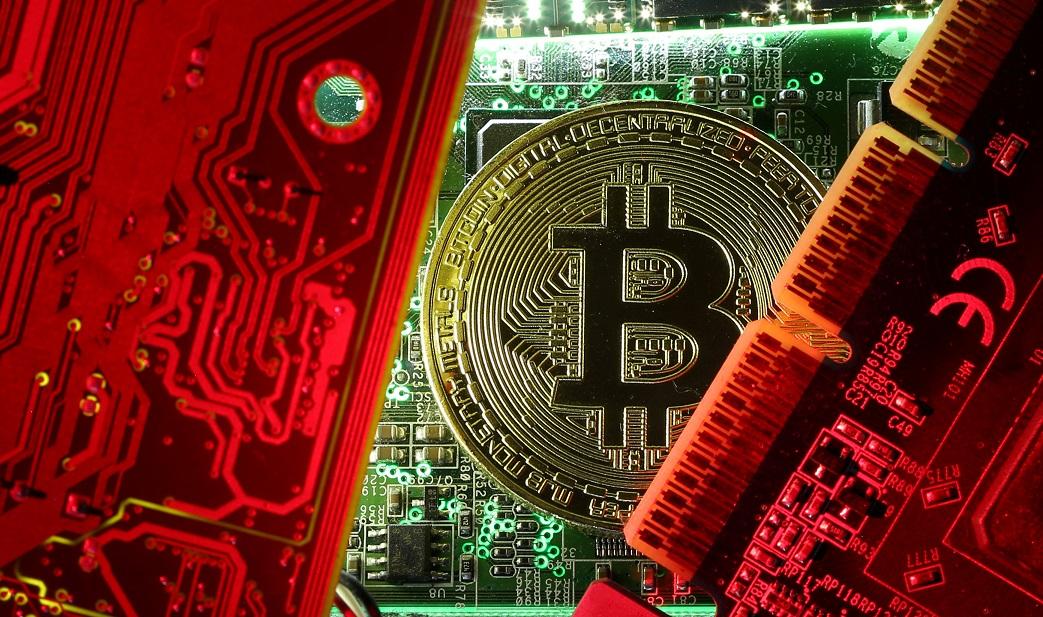There are many ways to measure the value of bitcoin, but most proponents of the decentralized cryptocurrency agree that the more people use it, the higher its value will be.
One of the reasons bitcoin’s market capitalization is only $145 billion is that not many people are using it as currency. While millions have opened accounts at popular bitcoin exchanges like Coinbase, few actually transact in it, except for speculation. At the moment, the number of confirmed transactions on the network is around 200,000 per day, which is about half of the network’s capacity.





